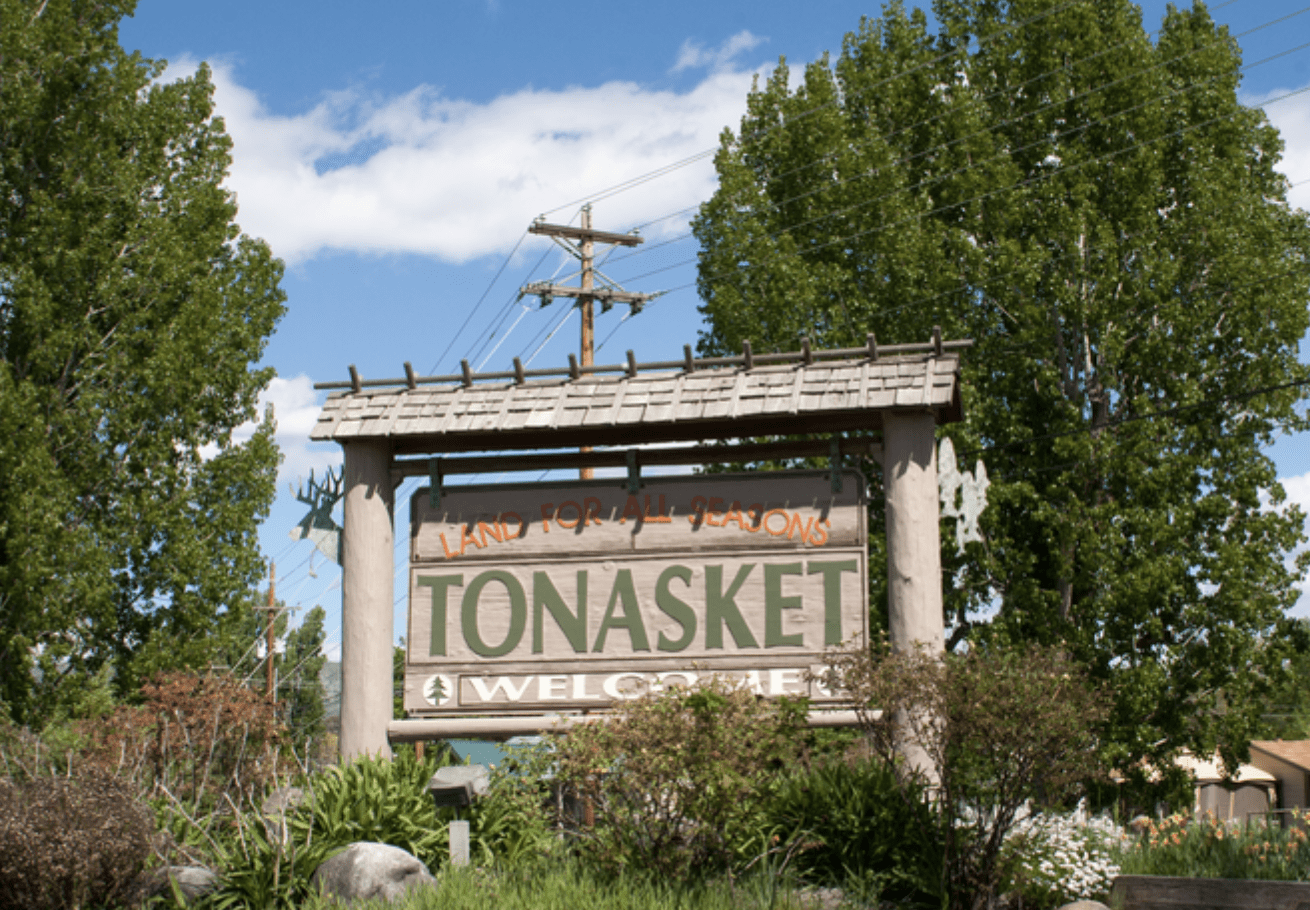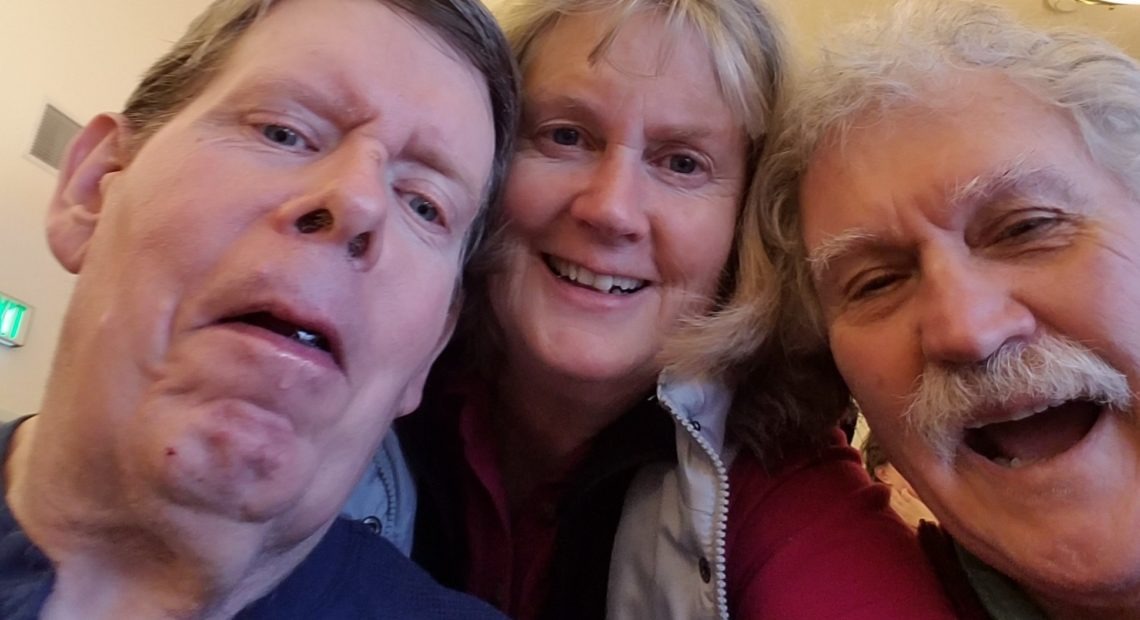
He ‘Left This World In Such Agony’: Rural Health Systems Challenged By COVID Surge
Listen
Debbie Roberts wishes her step-brother had just slid away from his advanced Parkinson’s disease.
He died November 29, just one person among many who died in an outbreak of COVID-19 at North Valley Extended Care in the Okanogan County town of Tonasket — population about 1,000. So far, at least 16 people at the facility have died since Thanksgiving.
“If only he hadn’t contracted this COVID and left this world in such agony,” Roberts says. “We sort of talk to him among ourselves, we say ‘Sorry Ken, we’re so sorry you had to go this way.”
She says Ken was confused, would constantly pull off his oxygen mask, and his eyes were pleading near the end.
ALSO SEE: Coronavirus News, Updates, Resources From NWPB
Roberts doesn’t blame the health care facility. But there are dozens more sickened — including nearly half the staff. The town’s health care system is in crisis, a striking example of the perilous state of rural health care.
Rural America has been the site COVID hotspots this year: prisons, nursing homes and meat packers. But there are few doctors, ICU beds and little backup when health care workers also get sick.
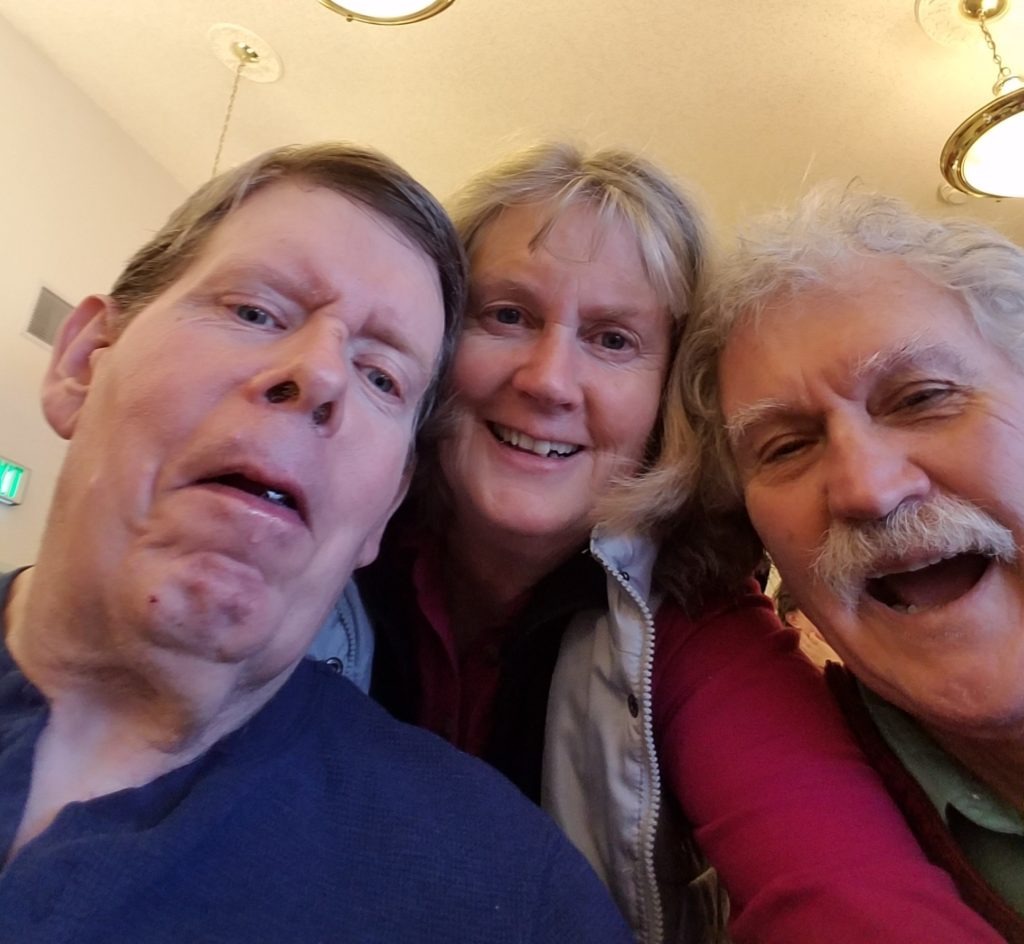
Ken Roberts, left, with his step-sister Debbie Roberts and her husband Steve Kinzie at a Christmas gathering at the Tonasket care facility in 2018. Courtesy of Debbie Roberts
“When we want to get a COVID test we have to go 30 miles away to Omak (Washington)” Roberts says. “So we can’t just go to our local hospital. They don’t have enough.”
Already Filling Up
Confluence Health is a health system that covers north-central Washington, including Tonasket. It has a dozen clinics across a wide swath of the region. CEO-elect Dr. Douglas Wilson says as his hospitals fill with COVID patients, they’re crowding out victims of car accidents, heart attacks and head injuries.
“You hate to put someone on a helicopter or in an ambulance and fly them over the mountains in the winter, when they would’ve done better had they been able to receive care here locally without traveling,” Wilson says. “That’s a difference between life and death sometimes.”
“Rural residents on average are older than urban residents,” says Carrie Henning-Smith with the University of Minnesota Rural Health Research Center. “Rural residents have more underlying health conditions. And rural residents are less likely to have health insurance and reliable access to health care. And you put all those together it means that once COVID gets into a rural area — and it’s in virtually every rural area — it’s more volatile.”
Rural COVID-19 patients may have it worse for the long-haul because COVID has many symptoms needing specialty care that isn’t usually available in rural areas. Some counties don’t even have a single physician, says Dr. Eyal Kedar, who’s been with the St. Lawrence Health System in New York state for about five years.
Kedar says when he first arrived, “There was no nephrologist, there was no infectious disease person in my health system, we didn’t even have a (full-time person) for pulmonology.
“There was no neurologist, no dermatologist in my health system, there was and still is no dialysis capability in my health system and this is just a small list.”
Kedar says he is the system’s first rheumatologist. And he says his health system is a model rural health system.
“By rural standards, we’re pretty good,” he says. “If you’re in a rural area and you need a subspecialist, there’s a very good chance that there’s not going to be someone around to help you.”
He says even physical barriers like adequate transportation, high mountains and snow can keep rural residents from the care they need.
“There are two Americas here. There is nothing like rural underserved,” Kedar says. “Rural America has suffered from a lack of attention. We’re not seeing the cracks in the walls of the system. We’re seeing the absence of walls.”
WATCH: Okanogan County Hit Hard By COVID-19 In Tonasket
(Story continues below video)
Grant County Outbreak
A 300-person November wedding near Ritzville, Washington, in Adams County has been linked to an outbreak in a neighboring Grant County school and long-term care facilities. So far this year, at least 65 people in Grant County have died from COVID-19 — more than half have come in the past six weeks.
Theresa Adkinson is the Public Health Administrator for Grant County.
“I am done with COVID, I am burned out,” Adkinson says. “My staff are exhausted.”
There are so many sick that her office has largely stopped contact tracing in the community. Some schools and one county hospital are doing their own contact tracing and outreach to help.
ALSO SEE: Coronavirus News, Updates, Resources From NWPB
Adkinson says it’s disheartening to put out press releases with brutal death counts, and then see lifelong friends posting about unmasked gatherings on Facebook.
“The vaccine is coming,” Adkinson says. “We can see the finish line. But it’s a ways out there. And how sad is it, the people we lose just before we get to the finish line?”
Slow To Vaccinate?
Rhonda Piner leads nursing for North Valley Extended Care in Tonasket. She kept working from home even after she contracted COVID-19. But then, the day after Thanksgiving, her 25 years of nursing experience kicked in.
“And I knew that I could no longer take care of myself, and so I called 911,” Piner says.
Piner was hospitalized for six days. She says the prospect of returning to her remaining residents at the care center is daunting.
“I don’t know all the names (of the dead),” Piner says. “I started crying, I will tell you. I will be sad to know who didn’t make it and who did. So, yeah, it’s gonna be tough when I go back, it really is.”
It may be even tougher than she knows. Experts say without adequate ways of implementing super-cold storage that vaccines require, rural areas may wait longer to get the much-anticipated doses.
Related Stories:
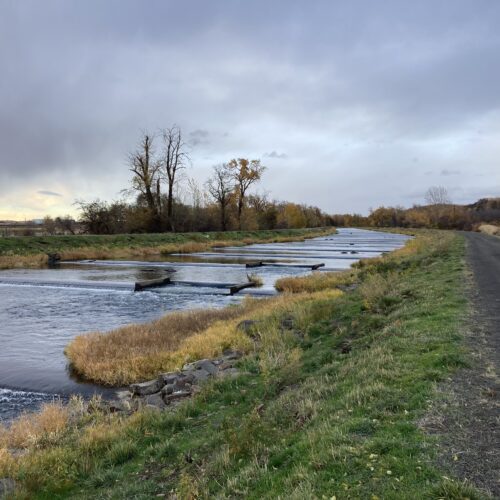
‘It’s a crisis’: How the shortage of counselors is affecting the rural Northwest
In small towns, such as Walla Walla, Washington, behavioral health care providers can be hard to come by. (Credit: Susan Shain / NWPB) watch Listen (Runtime 3:49) Read By Rachel
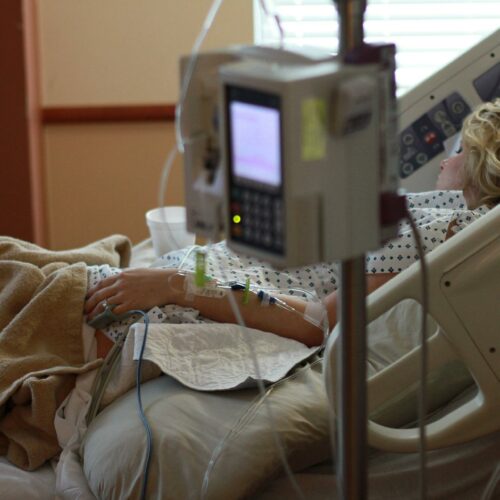
Idaho Group Releases Doctors’ Recommendations To Grow Medical Workforce
Listen (Runtime 0:56) Read Idaho currently has about 9,000 unfilled health care positions, according to a report by the Idaho Business for Education. In that report, the group published recommendations
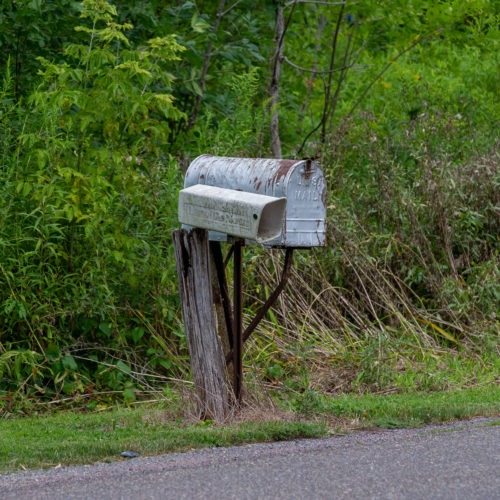
Why Rural America Is Pushing Back Against Post Office Cuts
The agency serves areas where private carriers won’t go. And in those remote communities, which helped elect the president, the Postal Service can be seen as a lifeline as well as a human connection.

